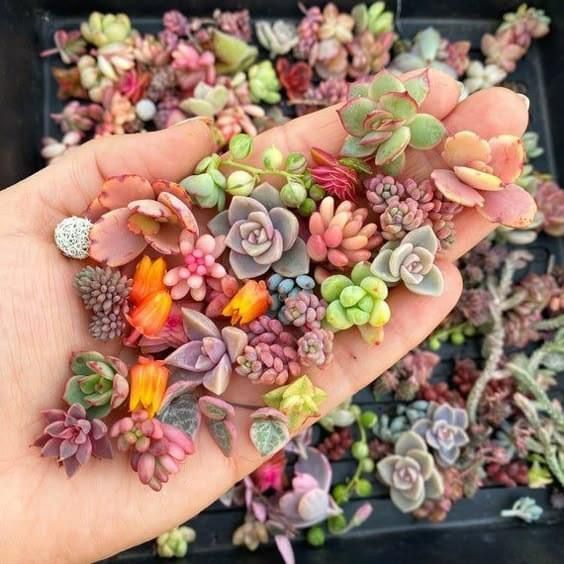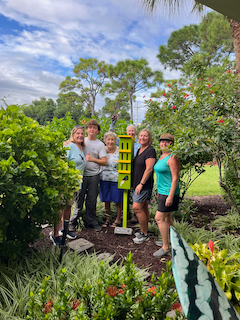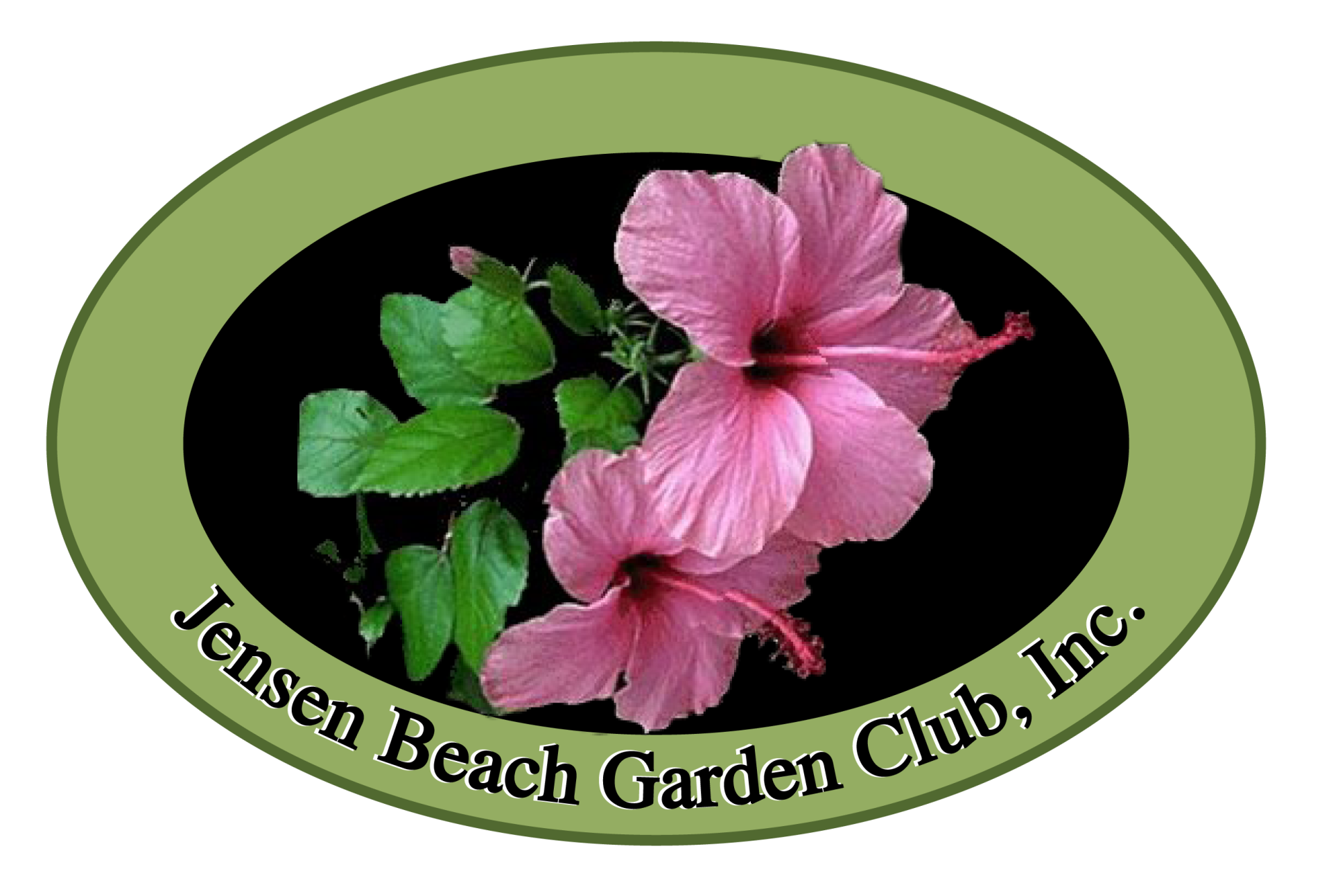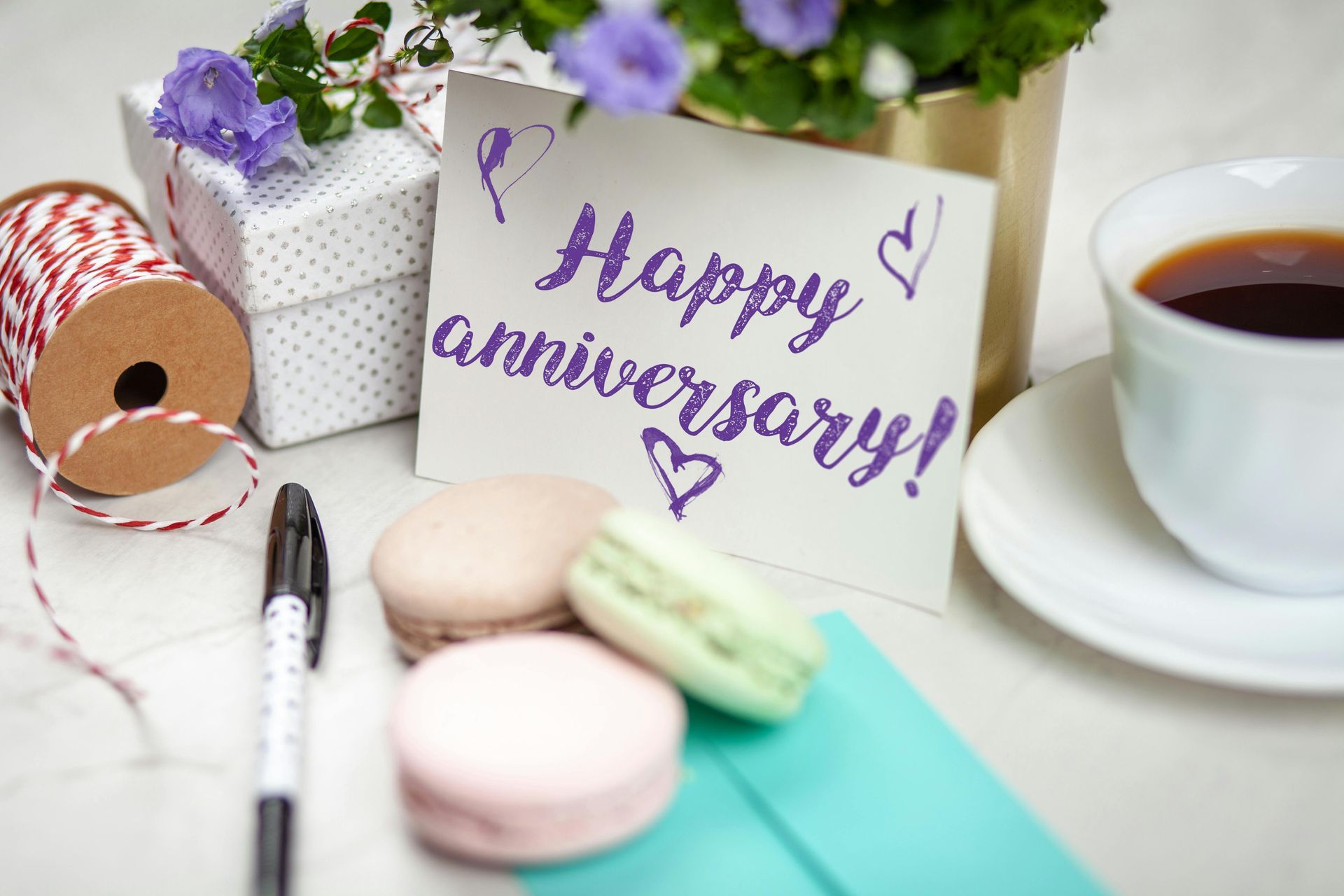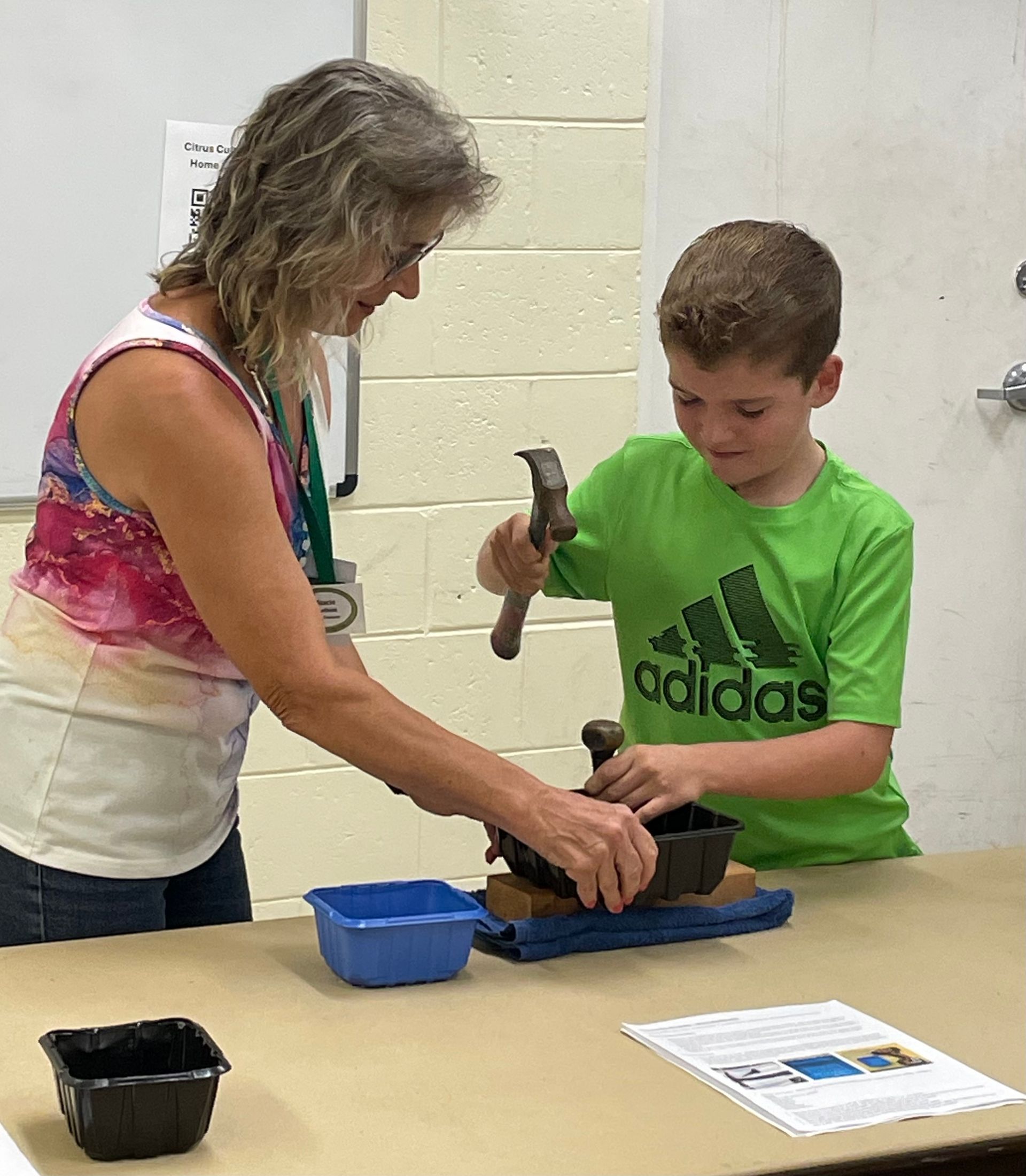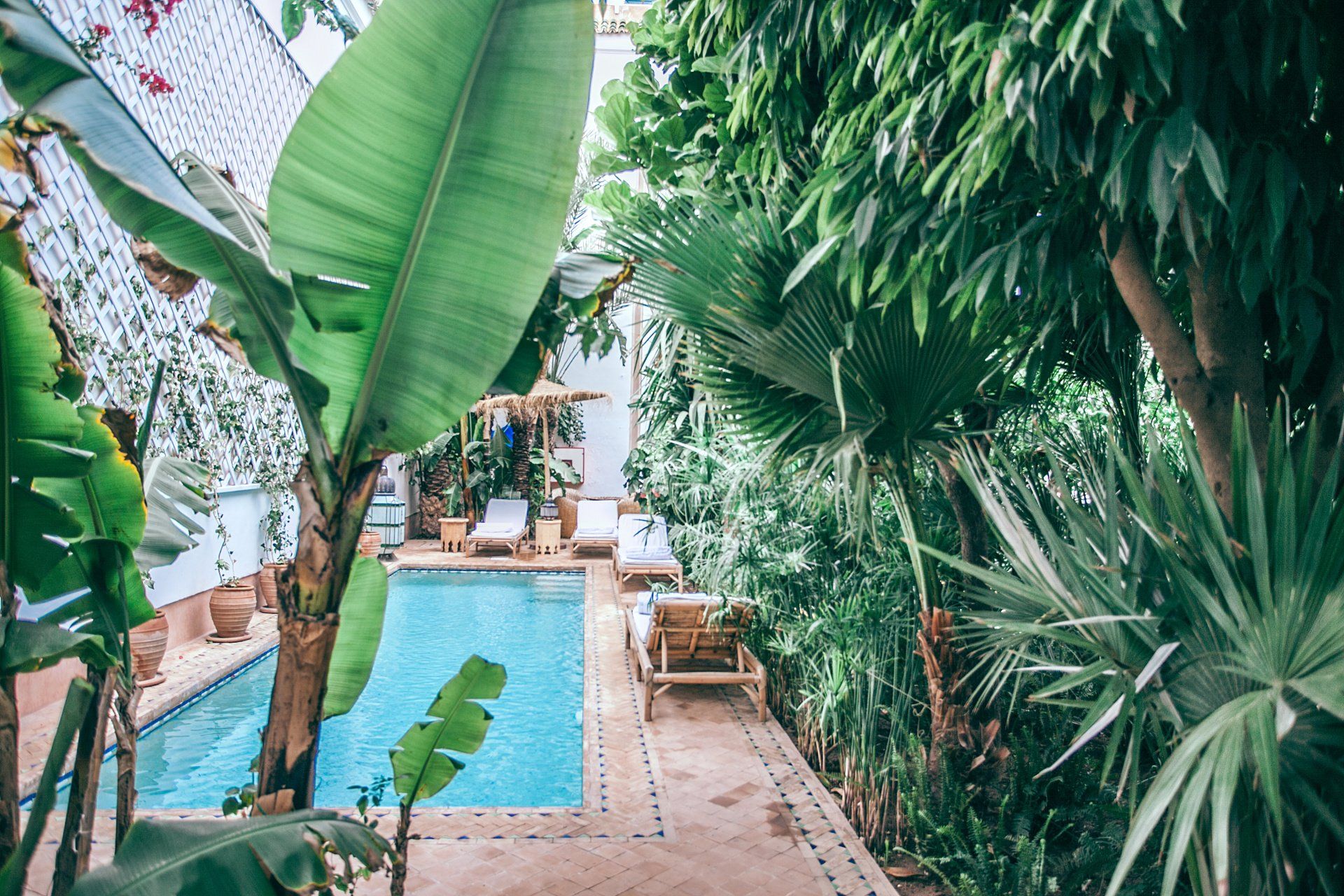Gardening Tips for South Florida

Palm Fertilization
Here in Florida our soil is poor, shallow, coupled with heavy rainfall during the growing season which results in a low natural reservoir of plant nutrients. Mature palms in your landscape should receive a complete granular fertilizer formulated for palms 3-4 times a year at the rate recommended on the bag. Small palms under 8 feet tall 2-5 lbs of fertilizer should be adequate. Select a fertilizer that contains controlled release nitrogen, potassium and magnesium. 8-2-12-Mg or even better 8-0-12 Mg to ensure you are getting an effective fertilizer is to specify that 100% of the N, K, Mg, and B sources are slow release and the Mn, Fe and other micronutrients are present in sulfate or chelated form. Click here to learn more about palm fertilization.
Landscape Mulch
All the different kinds of mulch available in Florida have benefits and drawbacks. Some are long lasting but don’t provide many nutrients when they break down. Soil pH may be reduced by pine bark and pine straw, which would be great for acid loving plants, but not for plants that require high-pH. Here is an overview of popular mulches.
Pine bark is a by-product of the forest industry. It comes in ground or nugget forms and has a dark brown color.
Melaleuca mulch is made from the invasive exotic trees. The product is cured at a high temperature to kill seeds.
Mixed hardwood mulch is a product from scrap lumber, recycled pallets, or tree stems that are too small to be used for paper or wood products.
Eucalyptus mulch comes from plantations in South and Central Florida where the trees are grown for mulch. They grow quickly so this is considered renewable.
Utility mulch is sold or given away for free by many utility companies.
This mulch comes from trimming trees, but it can come with weed seeds.
Cypress mulch Cypress trees grown in Florida are harvested for lumber used in fences, flooring, and other wood products. Cypress mulch is often produced from the waste wood generated in making these products, but it may also be produced from whole trees cut from our wetlands. The Florida-Friendly Landscaping Program does not recommend the use of cypress mulch, as it may be difficult to determine its origins.
Mulch inhibits weeds, adds beauty, helps reduce soil erosion, can improve soil and protects your plants.
Avoid “volcano mulching” when mulch is piled against the base of a tree, it holds moisture, encouraging rot in the trunk. Mulch to the drip line or beyond. Rake old mulch. Some mulch can become matted, preventing water and air from seeping through. Rake it to benefit plantings and refresh the mulch’s appearance.
Invasive Plant Species
Florida Exotic Pest Plant Council (FLEPPC) “Category 1” list of invasive plants considered to be non-native invasive plants that are currently disrupting native plant communities in certain areas or throughout the state. Three popular landscaping plants on that list we should avoid planting to protect native habitats are:
- Lantana camara- alternatives that can be planted are infertile camara, look for the names Bloomify Red and Bloomify Rose.
- Ruellia simplex (Mexican petunia) - alternative plant, look for the names Mayan purple, Mayan white, Mayan pink, and Mayan compact purple.
- Sansevieria Hyacinthoides (snakeplant) “Category 2” – alternative, grow this plant in containers. The snake plant is a carefree house plant, needing minimal light and water and able to help keep the air inside your home clean.
Submitted by: Gail Rounds, Club Member, Gardening Consultant and Master Gardener

